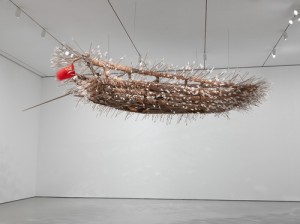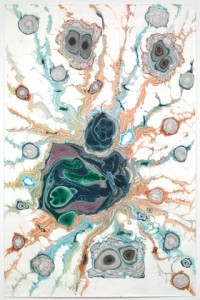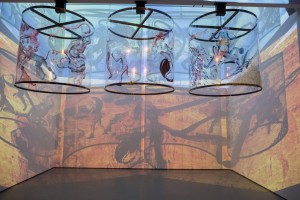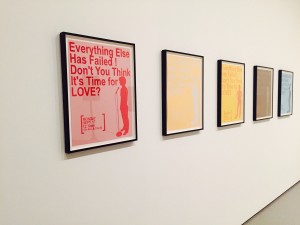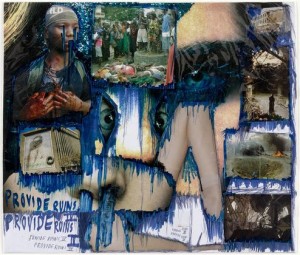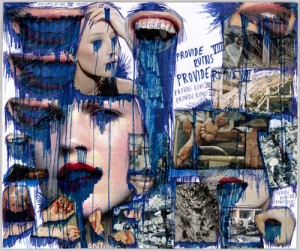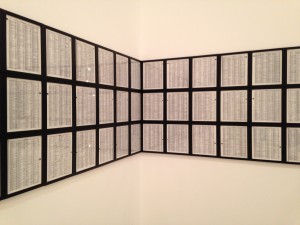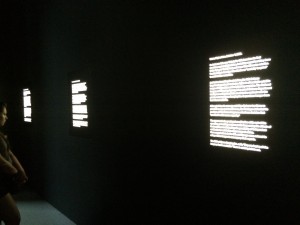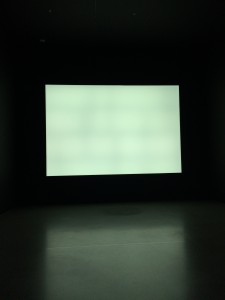Allan Sekula (1951-2013) is an American photographer, writer, and filmmaker. Most of his work explored capitalism, global economy, and wealth indifference. Sekula’s seven-part photographic work, is made up of seven chapters, 150 color photographs, and twenty six text panels.
The first chapter that is showing at MOMA shows the important role of the ocean in the modern global economy. Sekula takes images from the world’s port cities, the pictures are a mix of moments in that are depict unemployment and destruction in the old industrial powers, the pursuit of cheap labor, and the work of seafaring.
The picture above to me is breath taking. It’s power and insightful with simplicity. One contrast that I really like is how the seafare industry is so big, but in the picture the cargo ship is all alone with nothing but sky and water in the distance. It’s as if cargo ship is invisible to the world even though it connects the world together. I personally haven’t put thought into how the global is connect and this project has made me think a lot about the world and how big it is. I also thought the endless horizon could be a metaphor for how the seafare industry is endless or even limitless. I can never rape my head around limitlessness. It’s hard to conceptualize something that’s endless with no boundries, and I really like that. My brain works really hard to understand, even though most times I don’t come to a good conclusion and that’s intriguing; A quality many good photos have. In my personal work I like to shoot something that has a lot meaning. Sekula does just that and that’s why it was my favorite.

